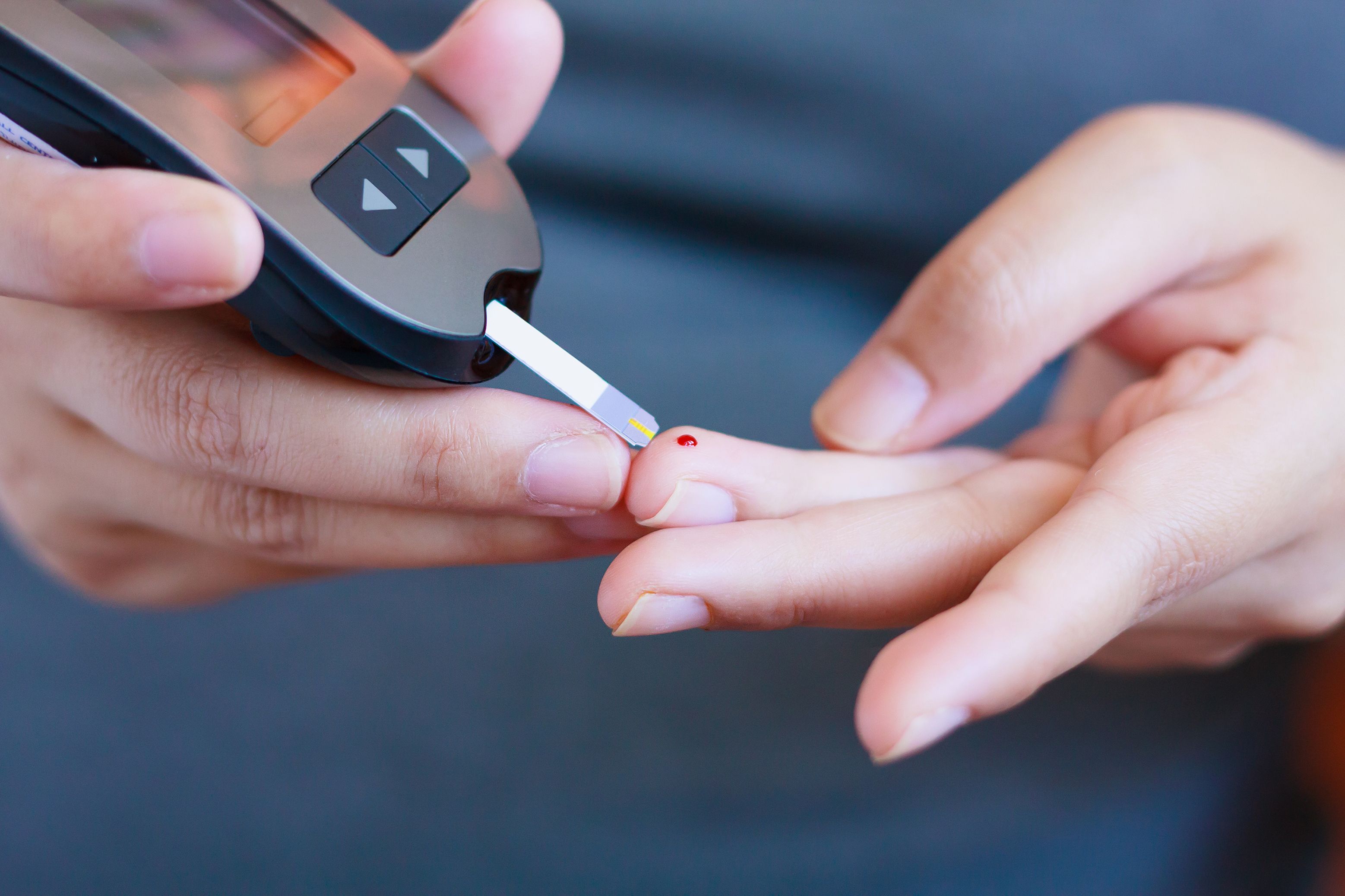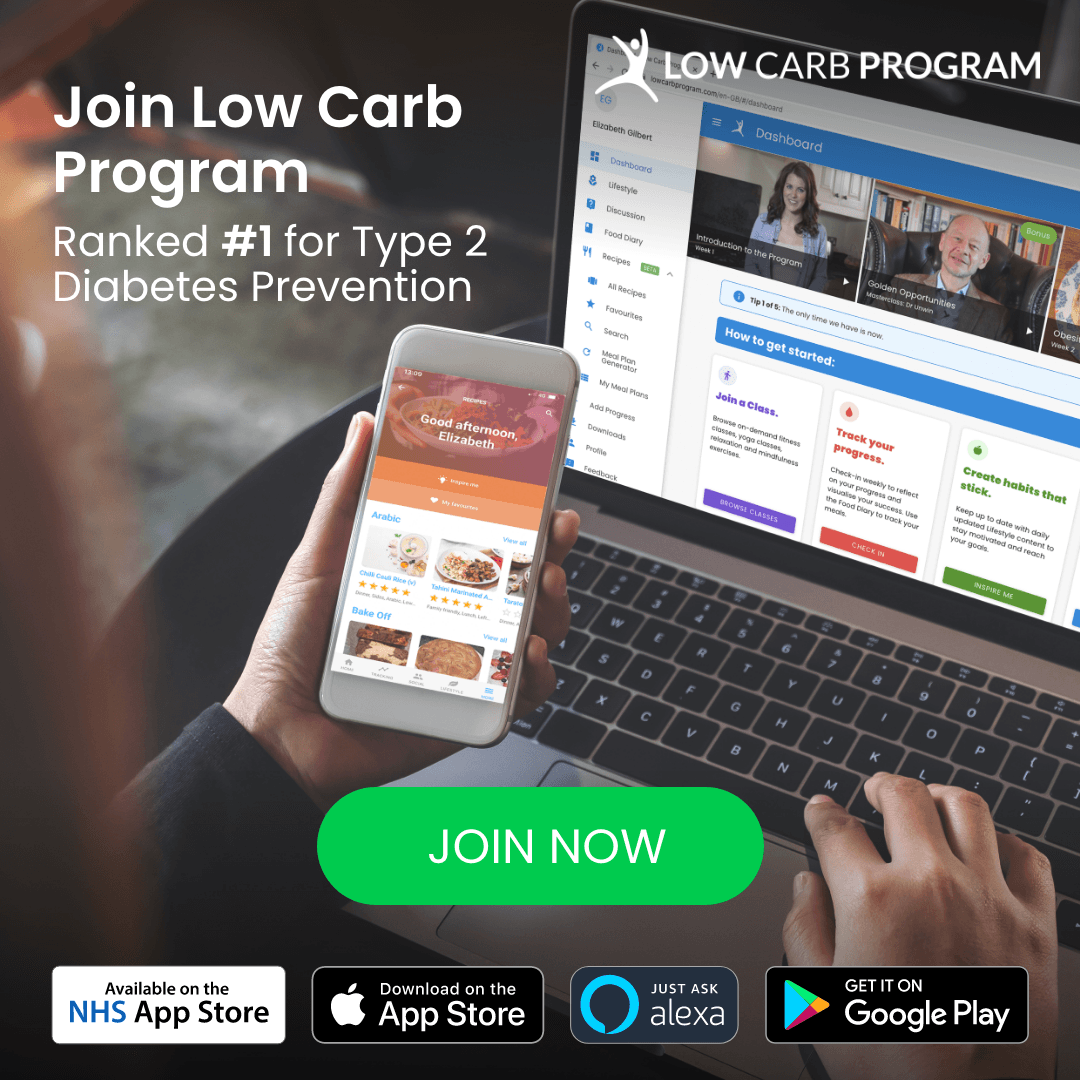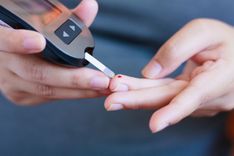Understanding your blood glucose and HbA1c

A person with diabetes has to regularly check their blood sugar or glucose levels throughout the day. How often they do this depends on the type of diabetes they have, their lifestyle and the severity of the condition.
Measuring blood glucose and ensuring it is within the recommended ranges is an integral part of having diabetes, demonstrating good management of the condition.
People who change to a sustainable low carb lifestyle have noticed a reduction in their fasting and post-prandial (after meal) glucose levels, which is necessary for anyone who wishes to take better control of their diabetes.
The table below lists what is considered ‘normal’ blood glucose ranges, for someone without diabetes, alongside the ranges for adults and children with type 1 and type 2 diabetes. It’s worth keeping in mind that target blood glucose levels vary depending on a person’s circumstances and you should discuss what range to aim for with your healthcare professional.
Later, there is also a list of recommended HbA1c levels, which provides another way to test and monitor blood glucose.
Recommended target glucose level ranges
In this table, you can find the target levels adults and children with type 1 and type 2 diabetes should aim for, as recommended by the National Institute for Health and Care Excellence (NICE). [1,2,3]

Non-diabetic or ‘normal’ blood glucose levels are typically around 4.0 to 5.9 mmol/L before eating, and below 7.8mmol/L, 90 to 120 minutes after starting a meal.
Blood glucose levels for diagnosing diabetes
The below table shows the ranges the World Health Organisation (WHO) proposes for diagnosing diabetes.[4]

Random blood tests are usually taken at short notice and are used to determine whether someone has type 1 diabetes. [5]
While fasting blood glucose is tested after a minimum of eight hours of fasting. Due to this, a fasting blood glucose test is typically done in the morning, prior to eating breakfast.[3]
Another test is an oral glucose tolerance test (OGTT) used to diagnose someone with prediabetes, insulin resistance or gestational diabetes. If you are required to have an OGTT, you will have a fasting blood sample taken and will then have a sweet drink which contains 75g of sugar. After two hours, a second blood sample will be taken. The two results will then be used to assess your body’s ability to remove glucose from the blood.
HbA1c testing
A HbA1c test, which measures your average glucose level over two to three months, can also be used to diagnose diabetes.
HbA1c refers to glycated haemoglobin, a type of protein that attaches to the red blood cells carrying oxygen throughout the body.
When the glucose levels in our blood rise, some of the glucose attaches to this haemoglobin. The amount of glucose combined with the haemoglobin reflects the amount of sugar in the blood. As red blood cells survive for an average of eight to twelve weeks, this is why HbA1c shows your average blood sugar levels for up to three months.
Those with type 1 and type 2 diabetes should aim for a HbA1c reading of 48mmol/mol 6.5%). Your target HbA1c will depend on your individual circumstances, and you should discuss this with your doctor.
A prediabetic range is between 42 and 47 mmol/mol (6.0 to 6.4%), while a non-diabetic HbA1c reading should be below 42 mmol/mol (6.0%).[6]
If you want to reduce your HbA1c, a low carb lifestyle can help you take control of your glucose levels through sustainable dietary changes.
Offering support through live education sessions, exercises classes, and cookalongs, the Low Carb program also provides access to a library of thousands of healthy low carb recipes.
References
1. National Institute for Health and Care Excellence (2016). Type 1 diabetes in adults: diagnosis and management. Retrieved from https://www.nice.org.uk/guidance/ng17/ifp/chapter/testing-your-own-blood-glucose-and-target-levels
2. National Institute for Health and Care Excellence (2016). Diabetes (type 1 and type 2) in children and young people: diagnosis and management. Retrieved from https://www.nice.org.uk/guidance/ng18/chapter/1-Recommendations#blood-glucose-and-plasma-glucose
3. Diabetes Digital Media (n.d). Blood Sugar Level Ranges. Retrieved from https://www.diabetes.co.uk/diabetes_care/blood-sugar-level-ranges.html
4. World Health Organisation and International Diabetes Federation (2006). Definition and diagnosis of diabetes mellitus and intermediate hyperglycaemia: report of a WHO/IDF consultation. Retrieved from https://www.who.int/diabetes/publications/Definition%20and%20diagnosis%20of%20diabetes_new.pdf
5. Diabetes Digital Media (n.d). Random Plasma Glucose Test. Retrieved from https://www.diabetes.co.uk/random-plasma-glucose-test.html
6. Diabetes Digital Media (n.d). Guide to HbA1c. Retrieved from https://www.diabetes.co.uk/what-is-hba1c.html








